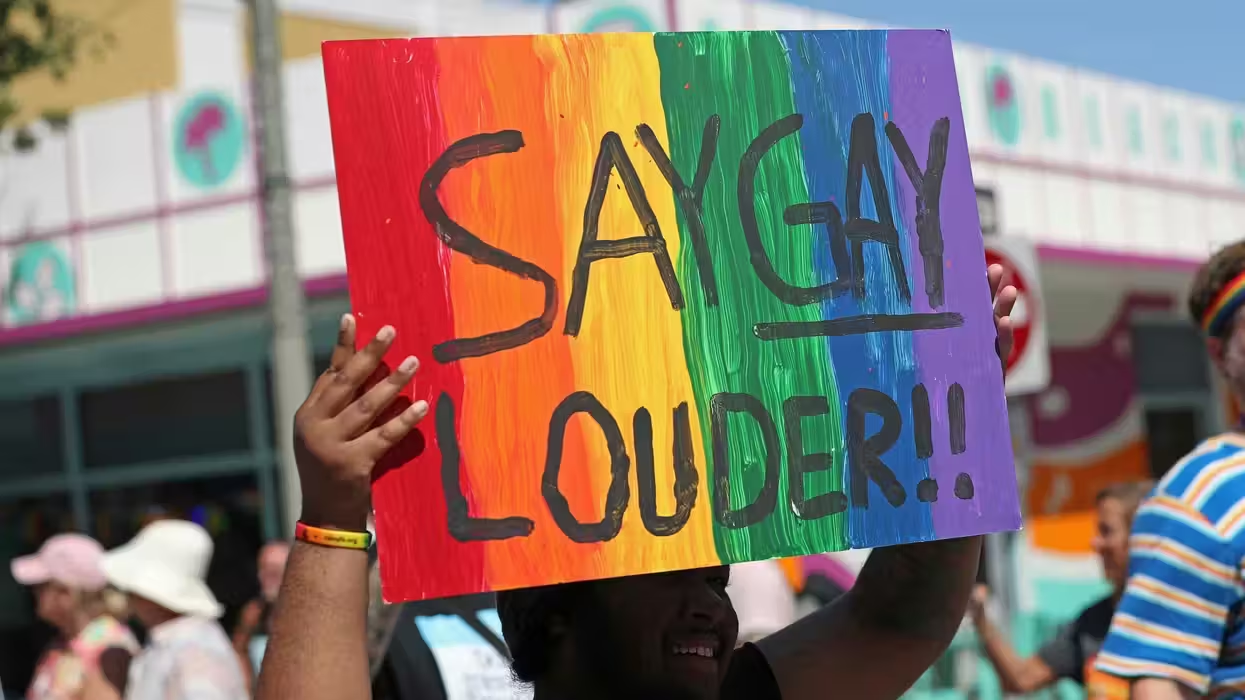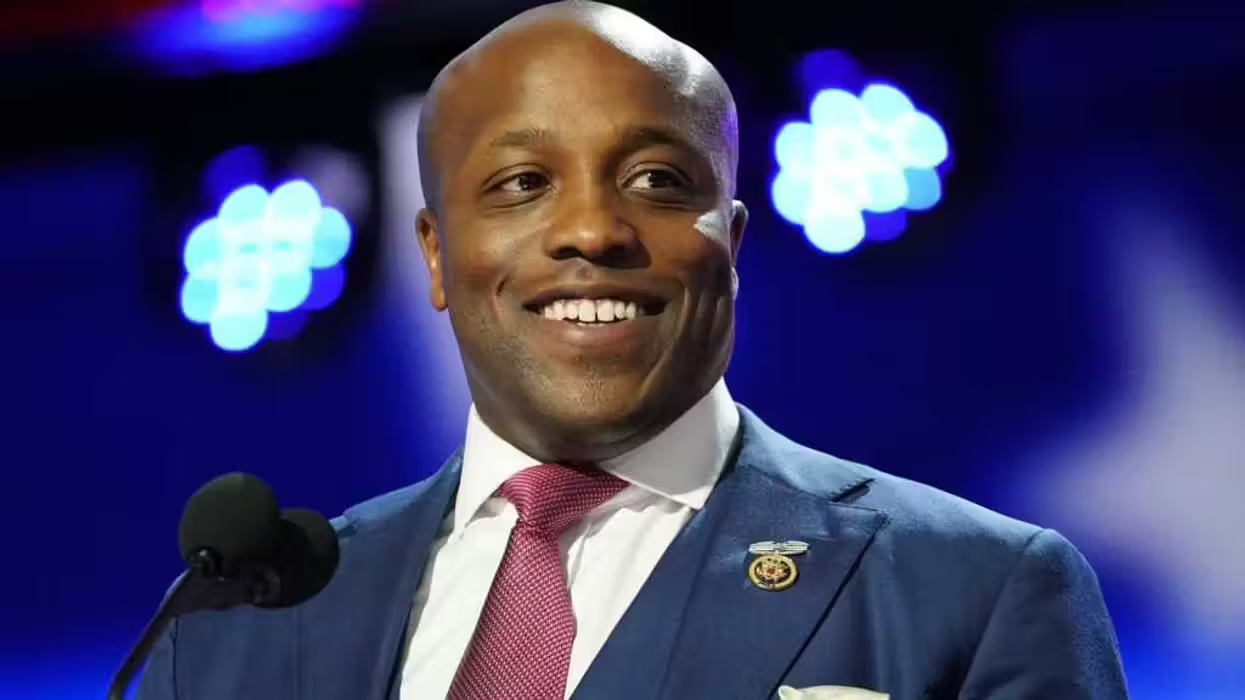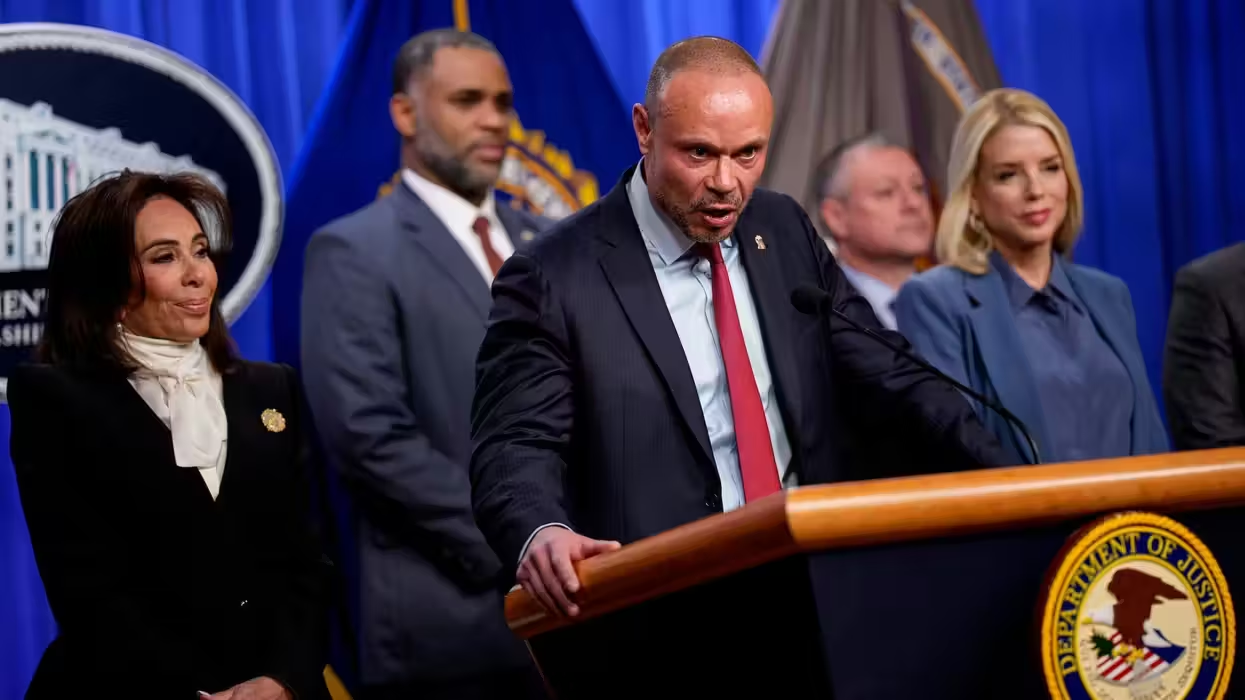
© 2025 Blaze Media LLC. All rights reserved.
A U.S. agency says consumers who opt for overdraft coverage on their checking accounts pay higher fees and are more likely to have their accounts closed than those who decline it.
A report released on Tuesday by the Consumer Financial Protection Bureau (CFPB) says it's hard for consumers to anticipate and avoid overdraft charges.
The report, which draws “principally on the institution-level information received from banks participating in the study,” found that the cost for "opting in" for overdraft coverage varies widely from one bank to the next.
But more surprisingly, the report also found that overdraft and "non-sufficient funds fees accounted for 61 percent of total consumer deposit account service charges in 2011 among the banks in the CFPB report [emphasis added].”
Customers of some banks paid average charges of $298 annually, while those at others paid $147.
 Getty Images.
Getty Images.
The CFPB has been investigating overdraft fees, which are a major source of banks' revenue. The agency has said its examination could result in new rules.
The Consumer Bankers Association, which represents large U.S. banks and regional banks, urged the CFPB against adopting any policy that it said could push consumers toward financial firms outside the banking industry which are less strictly regulated by the government and offer costlier alternatives.
"Consumers have the right to choose the products and features which best provide for their family's daily financial needs," Richard Hunt, the group's president and CEO, said in a statement Tuesday. "Fortunately, the marketplace for checking accounts is extremely competitive and banks make every effort to educate their customers about the options available to them."
Banks charge overdraft fees when customers try to spend more money than they have in an account.
Banks will allow the transaction and then charge the customer a penalty of as much as $35.
Today’s report seems to say that overdraft fees hurt the people who can least afford them because poorer customers are more likely to drain their checking accounts to close to zero.
"Consumers need to anticipate and avoid unnecessary fees on their checking accounts," CFPB Director Richard Cordray said in a statement. "But we are concerned that some overdraft practices may increase consumer costs beyond reasonable expectations."
In 2010, the Federal Reserve barred banks from automatically enrolling customers in so-called overdraft protection programs for debit card or ATM transactions.
Banks must obtain a customer's consent, or "opt-in." Without overdraft protection, a transaction is declined if the customer can't cover it. The rule didn't apply to checks, online bill payments or recurring debits, such as a monthly cable bill. It also didn't limit how much banks can charge for the overdraft service.
After the 2010 overdraft rule, roughly 45 percent of overdraft protection users signed up for overdraft protection (thanks in part to the banking industry aggressively marketing the service).
Negative account balances can lead to involuntary closures of accounts, which can leave a black mark on a consumer's record and make it hard to open a new account, the report noted. It found that involuntary closure rates at some banks were over 2.5 times higher for customers who had opted for debit and ATM overdraft coverage.
 CFPB Director Richard Cordray. (Getty Images)
CFPB Director Richard Cordray. (Getty Images)
The overdraft fees are complicated, the report said, varying among banks with regard to the number of overdrafts that can be incurred in a single day, for example. The maximum amount that a bank is willing to advance to a customer as protection can vary widely based on many factors.
The order in which check, debit card and other transactions are posted to an account can affect the number of overdraft fees, and the report found widely varying posting practices among banks.
Here are some other interesting findings from the report [via NPR]:
- Accountholders who were heavy overdrafters but who opted out of the service after the 2010 regulation went into effect saved on average more than $900 per year.
- Consumers who opt in to these services were "more likely to end up with involuntary account closures." The CFPB reports that "at some banks in the study involuntary closure rates were more than 2.5 times higher for accounts that had opted in to debit and ATM overdraft coverage."
And here’s a copy of the report:
--
Follow Becket Adams (@BecketAdams) on Twitter
The Associated Press contributed to this report.
Want to leave a tip?
We answer to you. Help keep our content free of advertisers and big tech censorship by leaving a tip today.
Want to join the conversation?
Already a subscriber?
more stories
Sign up for the Blaze newsletter
By signing up, you agree to our Privacy Policy and Terms of Use, and agree to receive content that may sometimes include advertisements. You may opt out at any time.
Related Content
© 2025 Blaze Media LLC. All rights reserved.
Get the stories that matter most delivered directly to your inbox.
By signing up, you agree to our Privacy Policy and Terms of Use, and agree to receive content that may sometimes include advertisements. You may opt out at any time.






